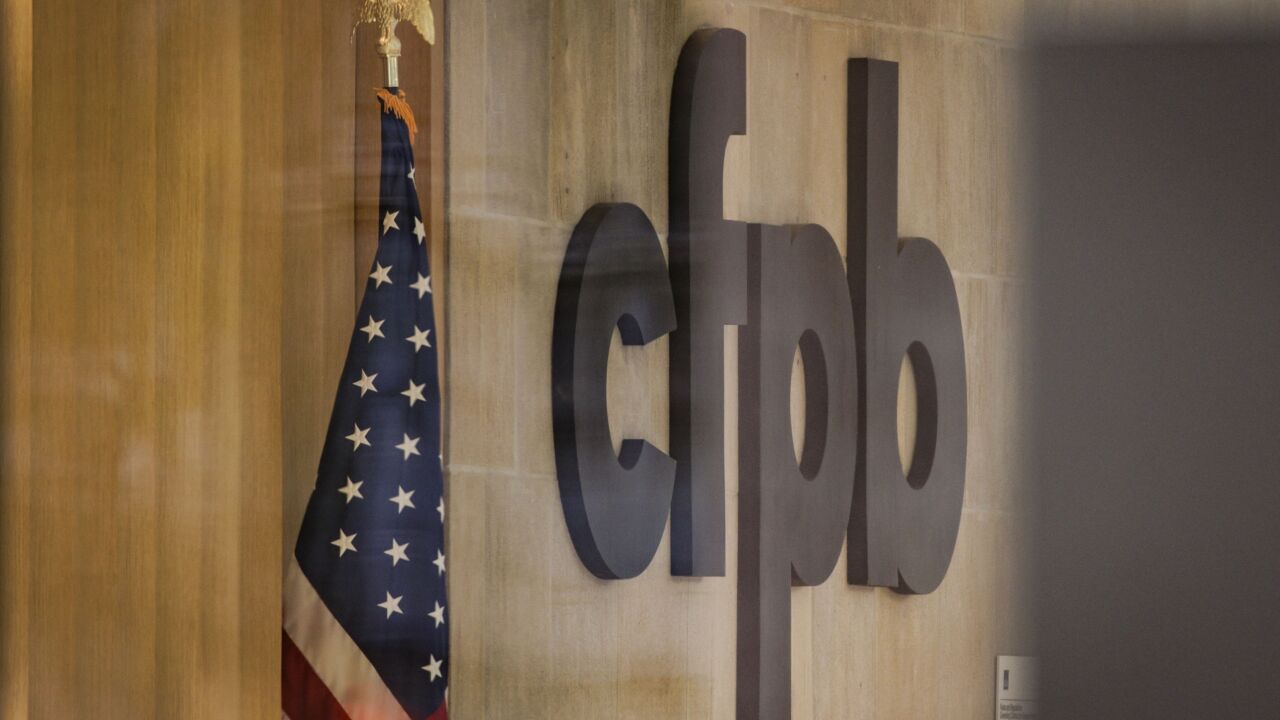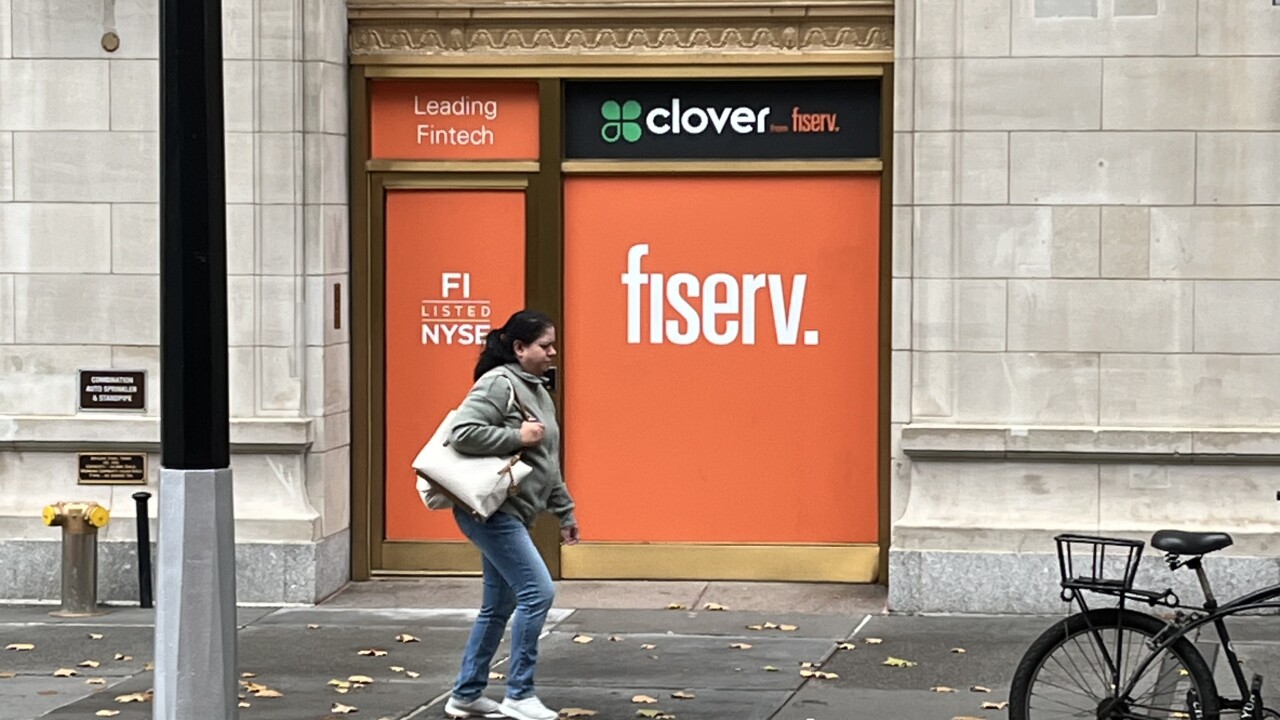WASHINGTON - In order to facilitate the sale of Wachovia Corp.'s assets to Citigroup earlier this week the Federal Deposit Insurance Corp. used the "systemic-risk" exception for the first time in history. The exception allowed the FDIC to cover part of Citi's cost should the loss on Wachovia's assets exceed $42 billion, and enabled it to receive $12 billion in preferred stock and warrants from Citi. Under the transaction, all depositors were protected, according to a report by American Banker, an affiliate of Credit Union Journal. The agency also was able to complete the deal without formally failing Wachovia, instead conducting it as an open-bank transaction-an action the FDIC had not taken since 1992.
Typically, the agency has few options under the law because it must choose the "least-cost" solution to resolve a failing bank. The systemic-risk exception, which requires the approval of the Federal Reserve Board and Treasury Department and consultation with President Bush, allows the agency much more flexibility, observers said.
Despite the need to exercise the authority, the FDIC stated last Monday that the transaction is not expected to the Deposit Insurance Fund anything. While it has guaranteed part of Citi's losses, it is unlikely that losses from the deal will draw on FDIC funds, and its right to Citi stock will provide an extra cushion, the FDIC said.
Under the transaction, Citi will absorb up to $42 billion of losses from a $312-billion pool of Wachovia loans. Any losses beyond that become an obligation for the FDIC.
No Anticipation of Loss
"There is no anticipation that the FDIC will have exposure under our loss-sharing agreement," an FDIC spokesman told American Banker. "There is value in these assets. The $54 billion is a sufficient buffer to protect FDIC exposure."
But some observers say there is at least the potential for an FDIC charge over the long term.
The FDIC facilitated the Wachovia deal just days after Washington Mutual Inc. failed and the agency approved the transfer of its operations to JPMorgan Chase & Co.
Several observers said the FDIC is clearly trying to use its powers to act creatively in protecting depositors. First it took control of IndyMac through a federal conservatorship in July, a method that did not protect all depositors, but was meant to limit losses.
Then the agency successfully protected all depositors by maneuvering the WaMu deal as soon as the nation's largest thrift was closed by the Office of Thrift Supervision. It then took the unprecedented step of employing the systemic-risk exception on Monday.
"When you line up IndyMac, WaMu and Wachovia, the FDIC used all of its arsenal other than a depositor payout: a conservatorship, a receivership deal, and an open-bank deal," said Cantwell F. Muckenfuss 3rd, a partner in the Washington office of Gibson, Dunn & Crutcher LLP. "What these deals suggest is that the FDIC has a flexible set of tools to respond in a crisis, and that each case is specific to the facts and circumstances, within the framework of the" Federal Deposit Insurance Act.(c) 2008 The Credit Union Journal and SourceMedia, Inc. All Rights Reserved.http://www.cujournal.com/ http://www.sourcemedia.com/





